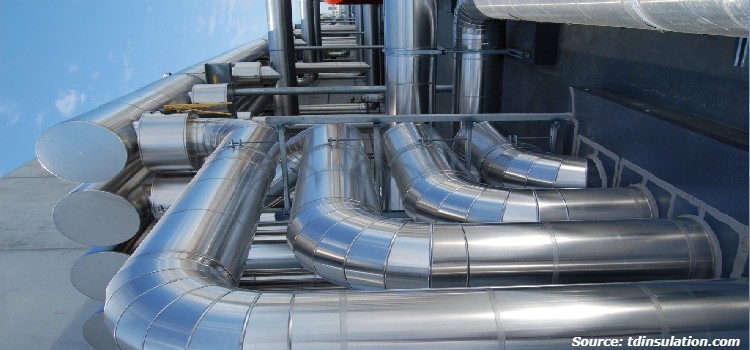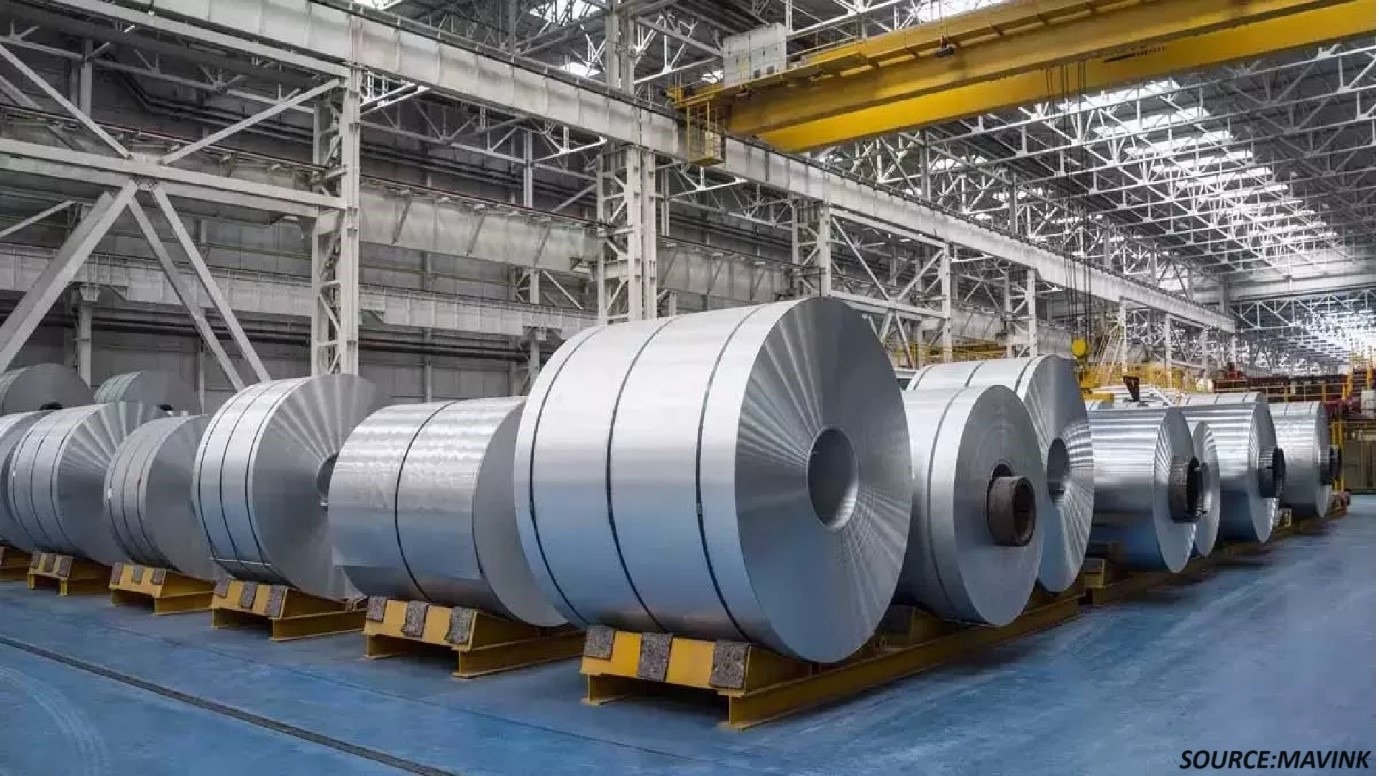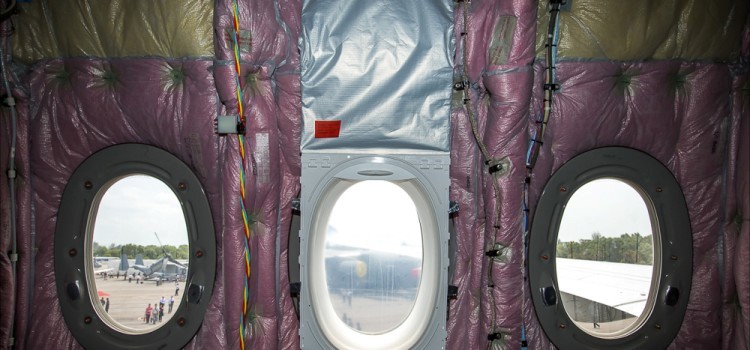Exploring the Potential of the Innovative Cold Pipe Insulation Solutions
17-Sep-2024

Pipe insulation refers to the utilization of specific materials or a combination of materials that are applied around pipes with the purpose of slowing down the transfer of heat energy. Cold pipe insulation is the insulation used on cold surfaces of the piping system to avoid condensation or heat gain from outside (Cold Conservation).
There are many factors that should be considered while insulating industrial piping, including the touch temperature of the pipe, operating temperature, ambient temperature, design and shape, specifications, and others. Each of these factors helps determine what type of insulation solution should be applied to your piping, from traditional stay-in-place fiberglass insulation to removable insulation blankets or covers.
The pipe insulation industry is constantly evolving to meet energy efficiency demands, sustainability, and technological advancements. As new challenges and opportunities arise, innovative solutions are developed to enhance insulation materials, installation techniques, and overall system performance. In this section, let’s explore some of the prospects that are shaping the cold pipe insulation industry.
1. Advancements in Insulation Materials
-
Aerogel Insulation: Aerogel, a highly porous material with exceptional thermal properties, is gaining popularity in the insulation industry. It offers superior insulation performance with minimal thickness, enabling space-saving designs and reducing material requirements.
-
Vacuum Insulation Panels (VIPs): VIPs provide extremely low thermal conductivity by creating a vacuum between two panels. They offer excellent insulation performance, especially in limited-space applications, such as refrigeration systems and appliances.
-
Nanotechnology: Nanomaterials are being researched and developed to enhance insulation materials' thermal conductivity and mechanical strength. Incorporating nanoparticles into traditional insulation materials can improve their insulating properties while maintaining durability.
2. Advancement in Insulation Design and Installation Techniques
-
Prefabricated Insulation Systems: Prefabricated insulation solutions, such as pre-insulated pipe sections, are becoming more prevalent than before. These systems offer enhanced insulation performance, ease of installation, and reduced on-site labor, resulting in faster and more efficient project completion.
-
Modeling and Digital Twin Technology: Advanced 3D modeling and digital twin technology enable accurate design, optimization, and simulation of cold pipe insulation systems. This approach allows for better planning, improved thermal performance analysis, and efficient maintenance and repairs.
3. Rising Focus on Energy Efficiency and Sustainability
-
Low-Energy Loss Systems: The industry increasingly emphasizes minimizing energy losses in cold pipe insulation systems. Employing advanced insulation materials and optimizing system design can significantly improve energy efficiency, leading to reduced operational costs and environmental impact.
-
Sustainable Insulation Solutions: The development of sustainable and eco-friendly insulation materials is a key trend in the cold pipe insulation industry. Bio-based and recycled insulation materials are gaining traction, offering reduced environmental footprint and improved sustainability credentials.
4. Growing Popularity of Smart Insulation Solutions
-
Sensor-Embedded Insulation: Integrating sensors into insulation materials allows for real-time monitoring of temperature, humidity, and insulation performance. This enables proactive maintenance, early detection of insulation failures, and optimization of energy consumption.
-
Insulation with Phase Change Materials (PCM): PCM-based insulation can store and release heat energy, maintaining a consistent temperature within the insulated system. This technology can regulate temperature fluctuations, improving energy efficiency and occupant comfort.
Conclusion
A commitment to energy efficiency, sustainability, safety, and continuous improvement characterizes the future of the cold pipe insulation industry. With the integration of innovative materials, technologies, and best practices, the industry is poised to meet the evolving needs of various sectors. New insulation materials will contribute to enhanced system performance, reduced energy consumption, and a more sustainable future.
About the Author
 Sunanda Ghosh is a researcher with more than 3 years of experience. She has a passion for understanding consumer behavior and market trends and uses her skills in innovative ways to gather and analyze data. Throughout her career, she has worked with a diverse range of global clients across various industries including technology, semiconductor, and energy. She is dedicated to providing valuable insights that can help shape a company's direction and drive success. The author can be reached at info@nextmsc.com
Sunanda Ghosh is a researcher with more than 3 years of experience. She has a passion for understanding consumer behavior and market trends and uses her skills in innovative ways to gather and analyze data. Throughout her career, she has worked with a diverse range of global clients across various industries including technology, semiconductor, and energy. She is dedicated to providing valuable insights that can help shape a company's direction and drive success. The author can be reached at info@nextmsc.com
Add Comment
Related Blogs
Industry Giants Securing 70 percentage of the Cold Pipe Insulation Market – What Sets Them Apart
Next Move Strategy Consulting forecasts a notable upsurge in...
Norsk Hydro Asa, Leading the Aluminium Sector With Around 28 Percentage Share – Here is Why
The aluminium market is expected to see a remarkable gr...
Exploring Closed Cell Crosslinked Foams: Advancements in Aerospace Applications
Introduction: Closed cell crosslinked foams have emerged as...










